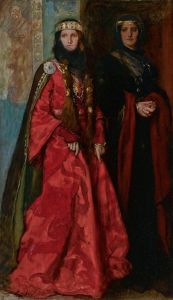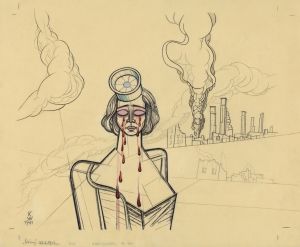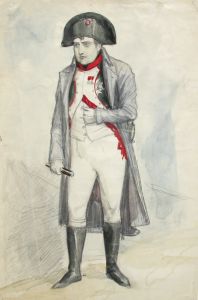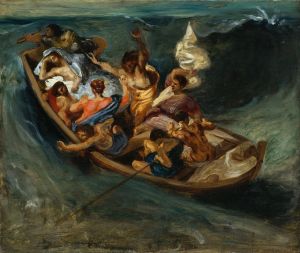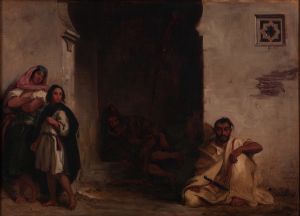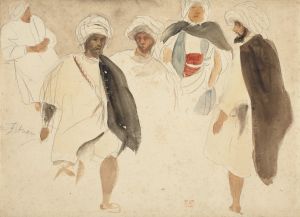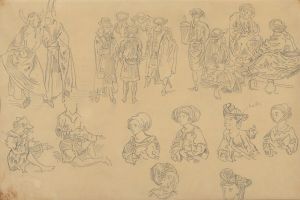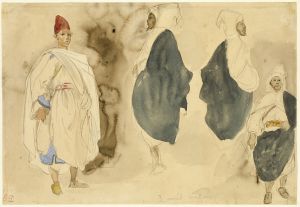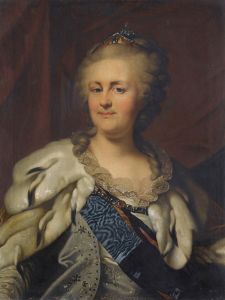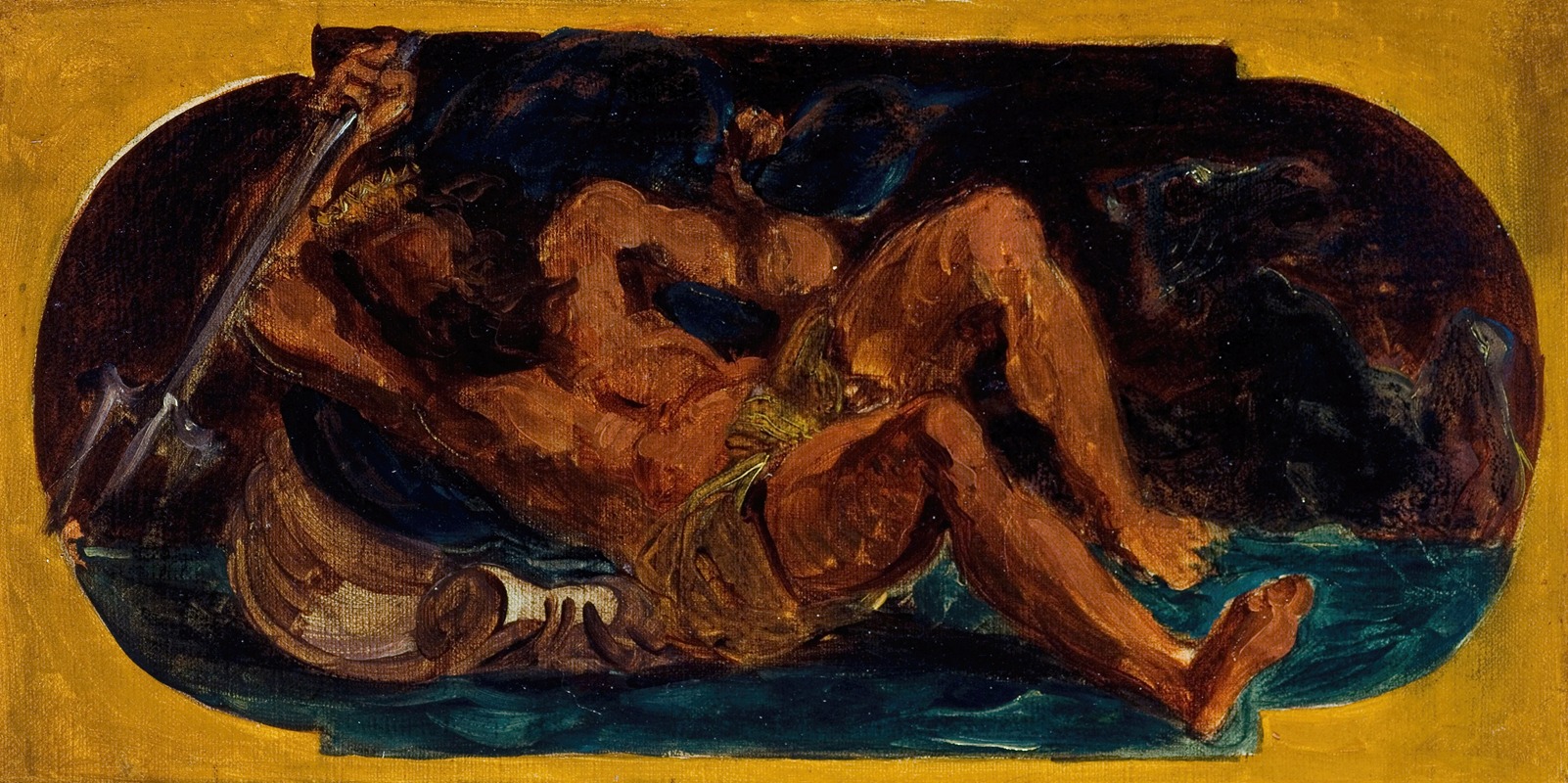
Neptune apaisant les flots
A hand-painted replica of Eugène Delacroix’s masterpiece Neptune apaisant les flots, meticulously crafted by professional artists to capture the true essence of the original. Each piece is created with museum-quality canvas and rare mineral pigments, carefully painted by experienced artists with delicate brushstrokes and rich, layered colors to perfectly recreate the texture of the original artwork. Unlike machine-printed reproductions, this hand-painted version brings the painting to life, infused with the artist’s emotions and skill in every stroke. Whether for personal collection or home decoration, it instantly elevates the artistic atmosphere of any space.
Eugène Delacroix, a leading figure of the French Romantic movement, is renowned for his vibrant use of color and expressive brushwork. One of his lesser-known works, "Neptune apaisant les flots" (Neptune Calming the Waves), reflects his fascination with classical mythology and the dramatic potential of the sea as a subject.
Delacroix painted "Neptune apaisant les flots" in 1855, a period when he was deeply engaged in exploring themes from ancient mythology and literature. The painting depicts Neptune, the Roman god of the sea, exercising his divine power to calm the turbulent waters. This subject allowed Delacroix to showcase his mastery in rendering dynamic movement and the interplay of light and shadow, which are hallmarks of his style.
The composition of the painting is dramatic and fluid, capturing the essence of Romanticism's emphasis on emotion and nature's sublime power. Delacroix's Neptune is a commanding figure, portrayed with a sense of authority and calm amidst the chaos of the waves. The god's muscular form and the swirling motion of the sea are rendered with bold, sweeping brushstrokes, a technique that Delacroix often employed to convey energy and movement.
Delacroix's use of color in "Neptune apaisant les flots" is particularly noteworthy. He employs a rich palette, with deep blues and greens dominating the canvas, evoking the depth and mystery of the ocean. The contrast between the dark, churning waters and the lighter tones used to highlight Neptune's figure creates a striking visual impact, drawing the viewer's eye to the central figure of the god.
The painting reflects Delacroix's interest in the works of earlier masters, such as Peter Paul Rubens and J.M.W. Turner, both of whom influenced his approach to color and composition. Delacroix admired Rubens for his dynamic compositions and vibrant palette, while Turner's atmospheric seascapes likely inspired Delacroix's treatment of light and water.
"Neptune apaisant les flots" was created during a time when Delacroix was also involved in large-scale public commissions, such as the decoration of the Chapelle des Saints-Anges at the Church of Saint-Sulpice in Paris. Despite his commitments to these monumental projects, Delacroix continued to produce smaller works that allowed him to experiment with themes and techniques on a more intimate scale.
While "Neptune apaisant les flots" may not be as widely recognized as some of Delacroix's other works, such as "Liberty Leading the People" or "The Death of Sardanapalus," it remains an important example of his ability to blend mythological subject matter with the expressive potential of Romantic painting. The work exemplifies Delacroix's skill in capturing the tension between human figures and the natural world, a theme that resonates throughout his oeuvre.
Today, Delacroix is celebrated as one of the most influential artists of the 19th century, and his contributions to the Romantic movement continue to be studied and admired. "Neptune apaisant les flots" stands as a testament to his enduring fascination with mythology and his innovative approach to painting, which left a lasting impact on the development of modern art.





